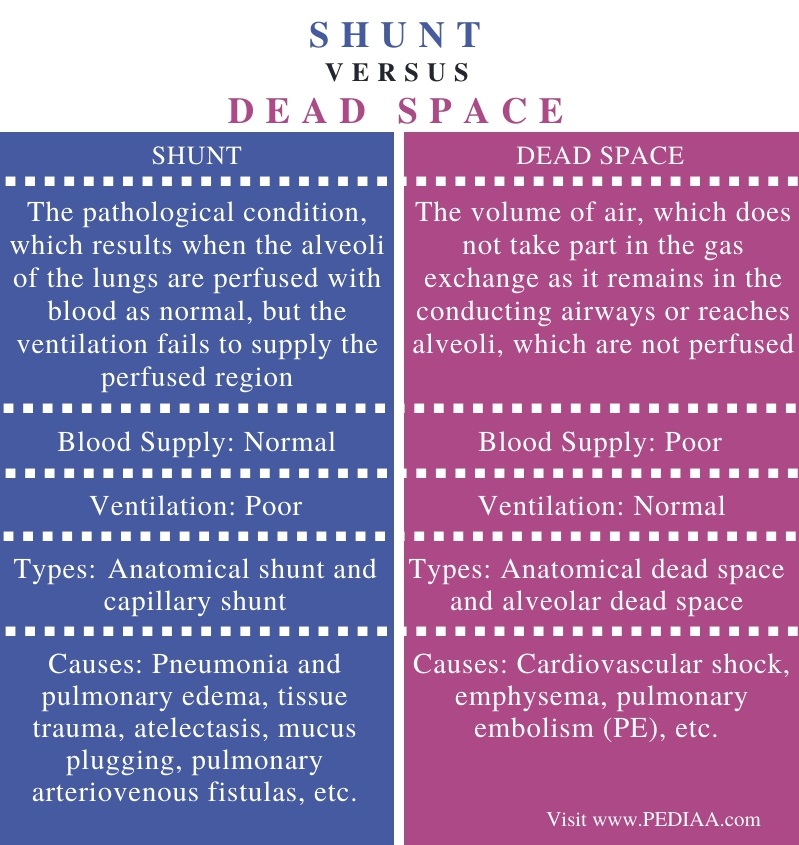

Outline of calculations further detailed in Additional file 1. Maintained homeostasis mitigates the effects of shunt. In acute respiratory distress syndrome, perturbation of carbon dioxide exchange caused by shunt is enhanced by ancillary disturbances such as low cardiac output, anaemia, metabolic acidosis and hyperventilation. A Qs/Qt of 0.5 may increase arterial carbon dioxide tension by about 15% to 30% if ventilation is not increased. Metabolic acidosis further augmented the effects of shunt on VdAS/VtA, particularly with hyperventilation. At a Qs/Qt of 0.4, reduction in cardiac output from 5 l/minute to 3 l/minute increased VdAS/VtA from 0.11 to 0.16. The alveolar dead space fraction caused by shunt increased nonlinearly with Qs/Qt and, under 'basal conditions', reached 0.21 at a Qs/Qt of 0.6. The purpose of the present study was to analyze the extent to which shunt contributes to alveolar dead space and perturbs carbon dioxide exchange in ancillary physiological disturbances.Ī comprehensive model of pulmonary gas exchange was based upon known equations and iterative mathematics. In acute respiratory distress syndrome, ancillary physiological disturbances may include low cardiac output, high metabolic rate, anaemia and acid-base instability. Right-to-left shunt fraction (Qs/Qt) leads to an alveolar dead space fraction (VdAS/VtA where VtA is alveolar tidal volume). Alveolar dead space reflects phenomena that render arterial partial pressure of carbon dioxide higher than that of mixed alveolar gas, disturbing carbon dioxide exchange.


 0 kommentar(er)
0 kommentar(er)
